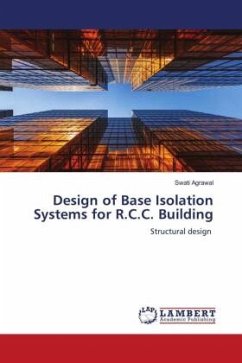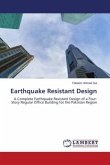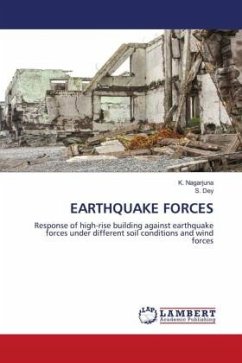Conventional seismic design attempts to make buildings that do not collapse under strong earthquake shaking, but may sustain damage to non-structural elements and to some structural members in the building. This may render the building non-functional after the earthquake, which is not acceptable for important buildings, like hospitals, fire stations, etc. Special techniques are required to design buildings such that they remain practically undamaged even in a severe earthquake. Buildings with such improved seismic performance usually cost more than normal buildings do. However, this cost is justified through improved earthquake performance. One of the technologies used to protect buildings from damaging earthquake effects is "Base Isolation". The idea behind base isolation is to detach (isolate) the building from the ground in such a way that earthquake motions are not transmitted up through the building, or at least greatly reduced.
Bitte wählen Sie Ihr Anliegen aus.
Rechnungen
Retourenschein anfordern
Bestellstatus
Storno








